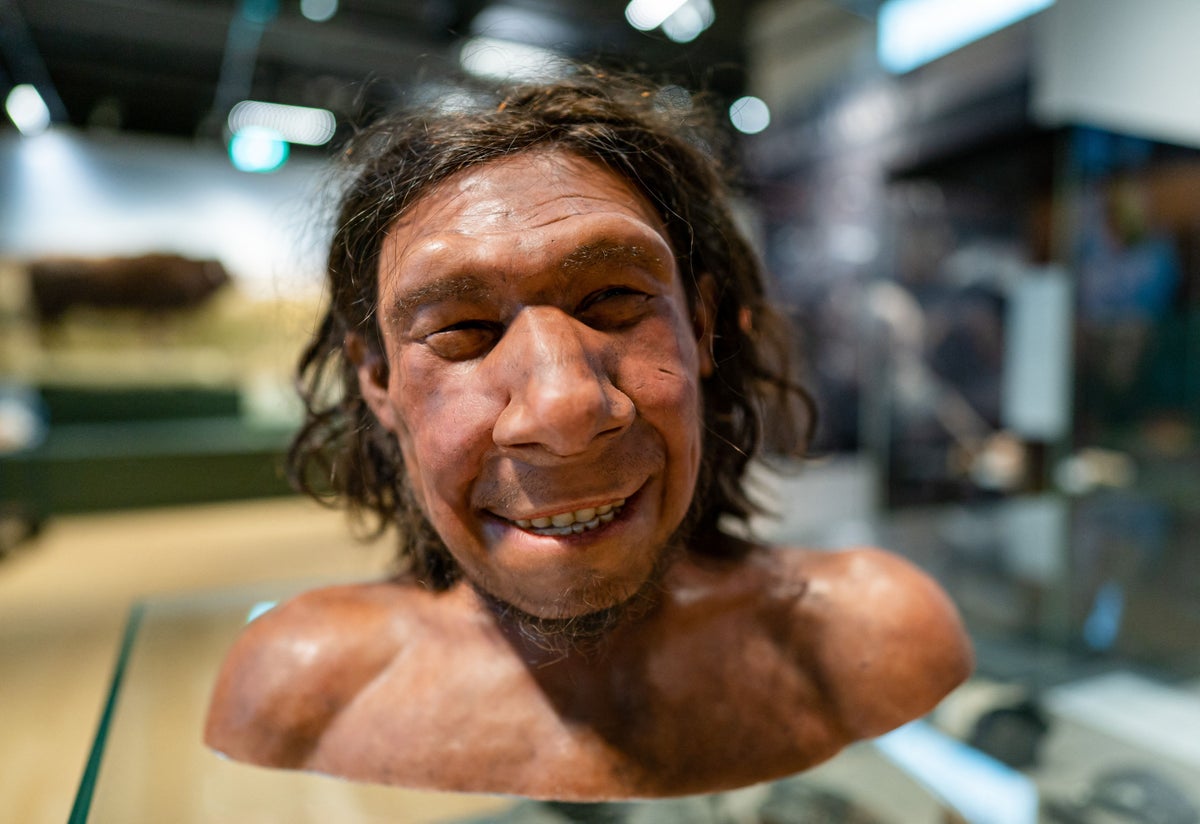
Mingling of early Europeans with some of the first farmers from the ancient Middle East likely led to them not carrying as much Neanderthal DNA as carried by today’s East Asians, a new study suggests.
Previous research has established that about 40,000 years ago, Neanderthals, who had lived for hundreds of thousands of years in the western part of the Eurasian continent, gave way to the modern human species Homo sapiens, who arrived from Africa.
Scientists have also found that for a few millennia the two species coexisted, resulting in the integration of Neanderthal DNA into the genome of Sapiens.
Some studies estimate that there is still about 2 per cent of DNA of Neanderthal origin in present-day Eurasians.
This percentage, however, varies between people across different regions of Eurasia with the Neanderthal DNA more abundant in the genomes of Asian populations than in those of European populations.
But the reasons for this variation has not remained completely clear, with scientists hypothesising that these could be explained by migratory flows.
The new study, published on Wednesday in the journal Science Advances, tested this theory by assessing over 4,000 genomes from individuals who have lived in Eurasia over the past 40 millennia.
Analysis revealed that in the period following the dispersal of Homo sapiens from Africa – at least 40,000 years ago – the genomes of the early hunter-gatherers who lived in Europe contained a slightly higher proportion of Neanderthal DNA than the genomes of those who lived in Asia.
Then during the transition from a hunter-gatherer lifestyle to the farmer lifestyle – about 10,000 to 5,000 years ago – the study shows a decline in the proportion of Neanderthal DNA in the genomes of European populations – a slightly lower percentage than that of Asian populations.
Scientists say this decrease coincided with another wave of migration – one where the first farmers arrived in Europe from the Aegean area and Anatolia – Turkey’s western peninsula – who themselves carried a lower proportion of Neanderthal DNA than the inhabitants of Europe at the same time.
“By mixing with the populations of Europe, the genomes of farmers from Anatolia ‘diluted’ Neanderthal DNA a little more,” researchers said in a statement.
However, the hunter-gatherers who moved and settled in East Asia by around 60,000 to 70,000 years ago likely did not undergo this dilution from the early farmers, scientists say.
Scientists say they are “beginning to have” enough data to describe more precisely the percentage of DNA of Neanderthal origin in the genome of Sapiens at different periods of prehistory.







